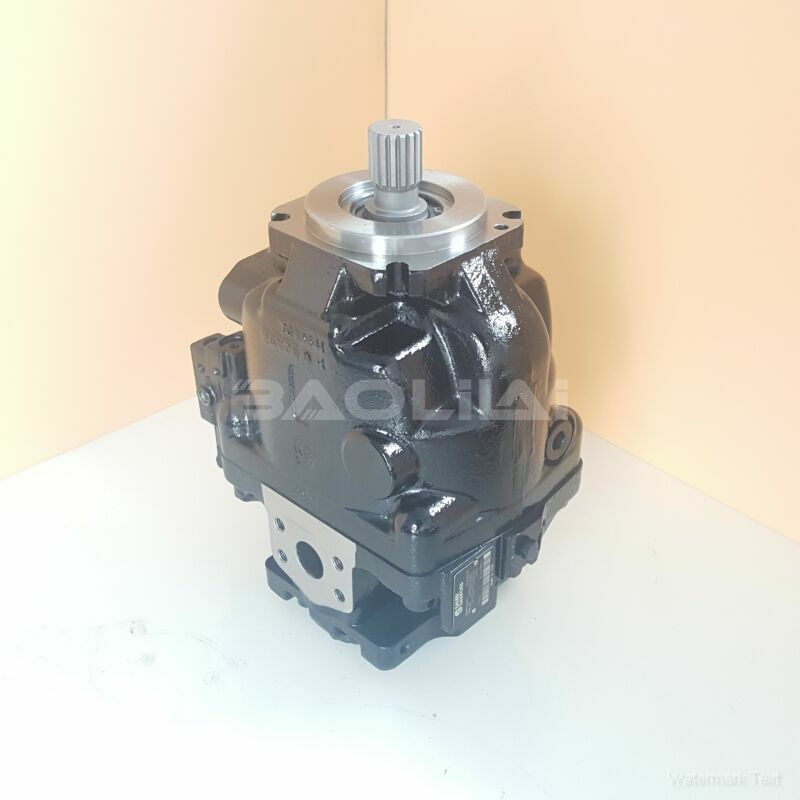ERL130BRP2320NNN3S2BPA1NNNNNNNNNN hydraulic pump
ERL130BRP2320NNN3S2BPA1NNNNNNNNNN hydraulic pump

- Product Details
- Applicable Scene
Operating a plunger pump efficiently can greatly enhance performance, prolong equipment life, and minimize operational costs. Whether you are using it in industrial applications or maintenance tasks, following best practices will ensure that your pump functions optimally. Here are some valuable tips to help you operate your plunger pump more efficiently.
ER-L-130B-RP-23-20-NN-N-3-S2BP-A1N-NNN-NNN-NNN
ERL130BRP2320NNN3S2BPA1NNNNNNNNNN
First and foremost, always ensure that the pump is properly maintained. Regular inspection and maintenance are crucial to keeping your pump in top condition. Check for wear and tear, particularly on the plunger, seals, and valves. Replacing worn components promptly can prevent leaks and pressure loss, which can harm overall efficiency.

80003685
Next, operating at the correct speed is essential for optimal performance. Plunger pumps often come with a specific speed rating that should not be exceeded. Running the pump at excess speeds can lead to increased wear, overheating, and potential failure. Follow the manufacturer’s guidelines to maintain the recommended operating speed.
Another important factor is the correct viscosity of the fluid being pumped. Using a fluid that is too thick or too thin can hinder the pump’s performance. Always refer to the manufacturer’s specifications regarding fluid compatibility and viscosity. Ensure that the fluid is free from particulates and contaminants, as these can obstruct the plunger and other internal components leading to premature wear.
Additionally, monitor the pump’s suction conditions closely. Ensure that the suction line is clear and free from blockages. An obstructed or poorly designed suction line can lead to cavitation, which can cause damage to the pump. Install appropriate filters and strainers to keep foreign particles out of the system, further enhancing the pump’s efficiency.





